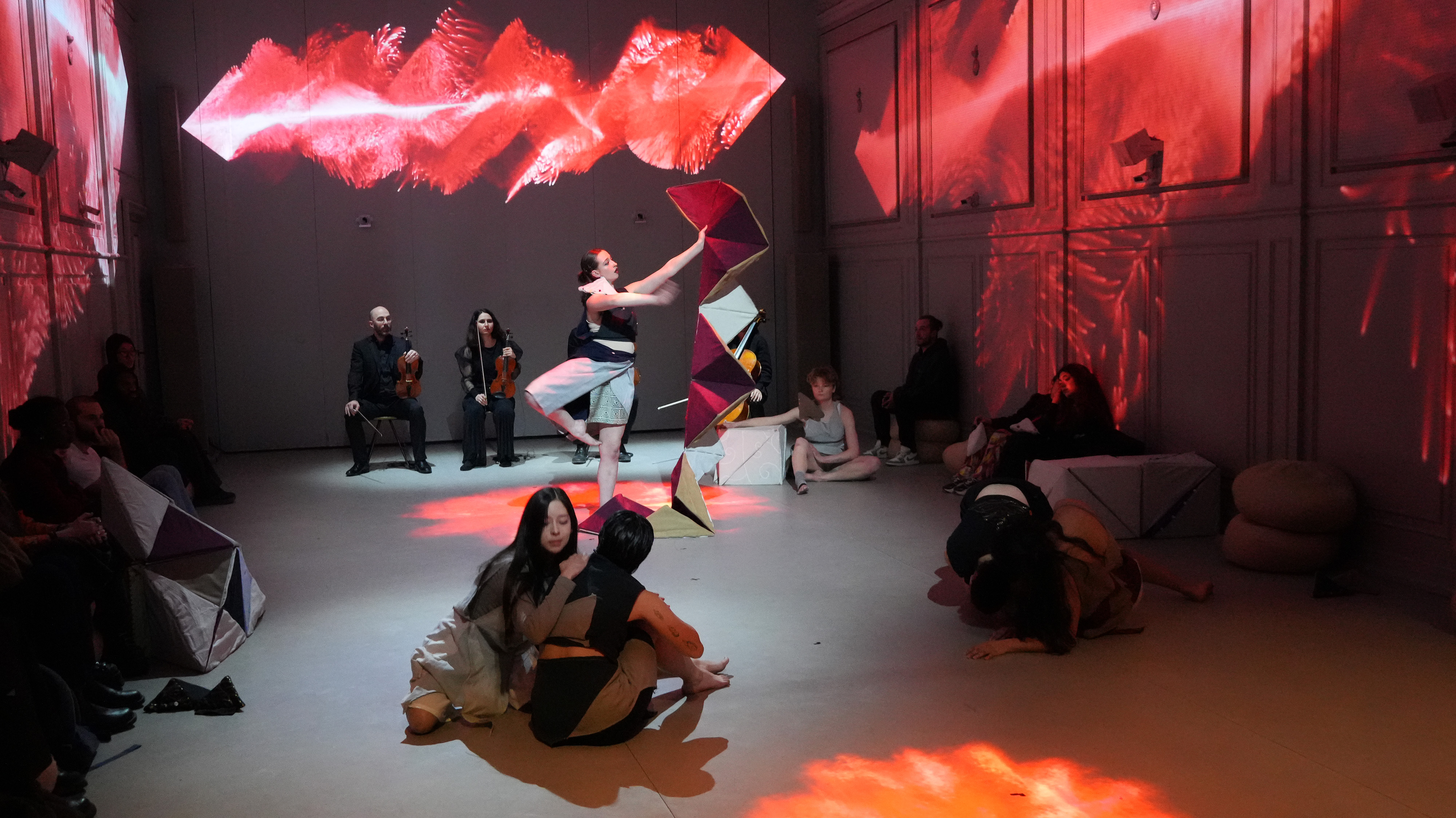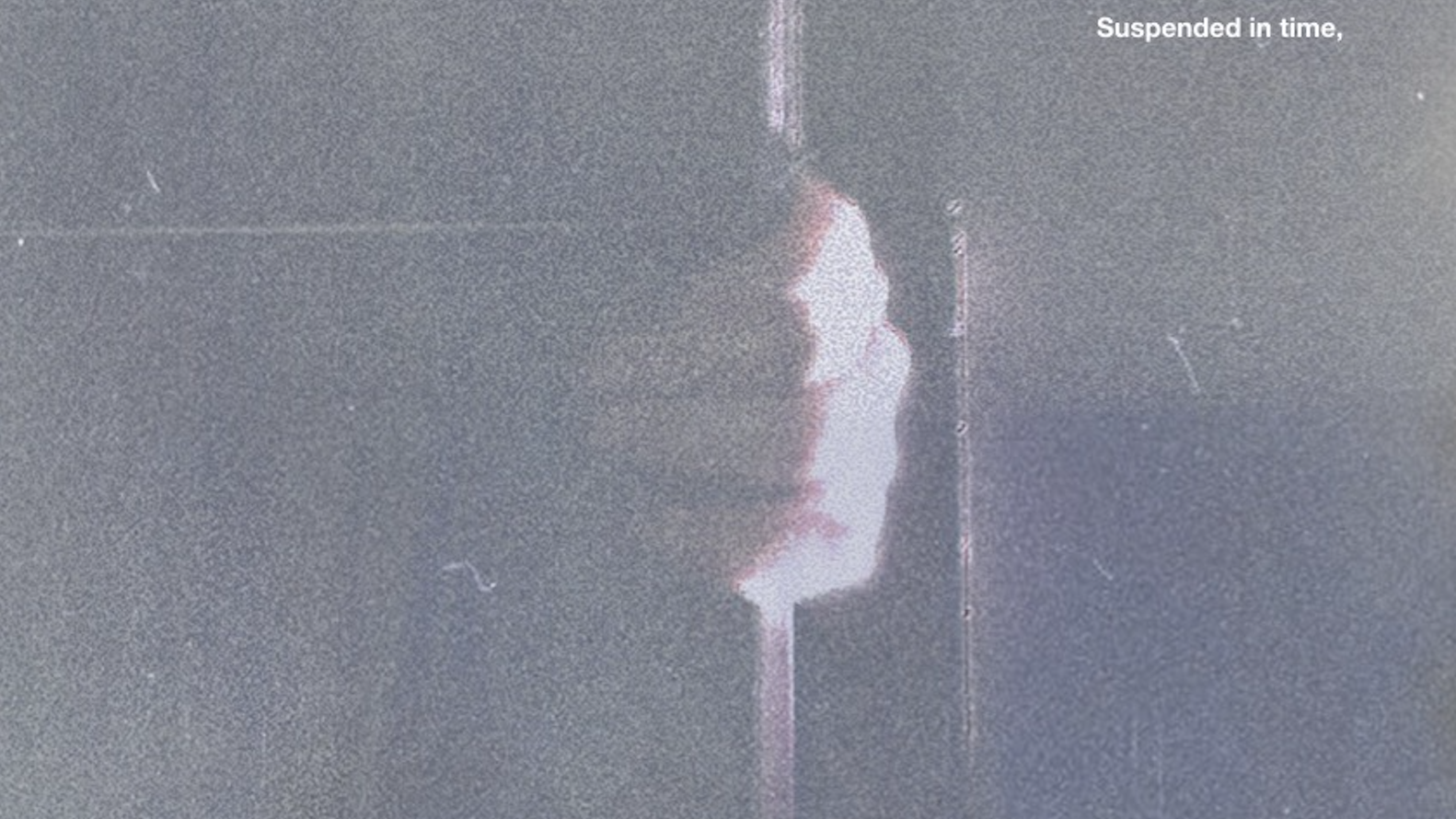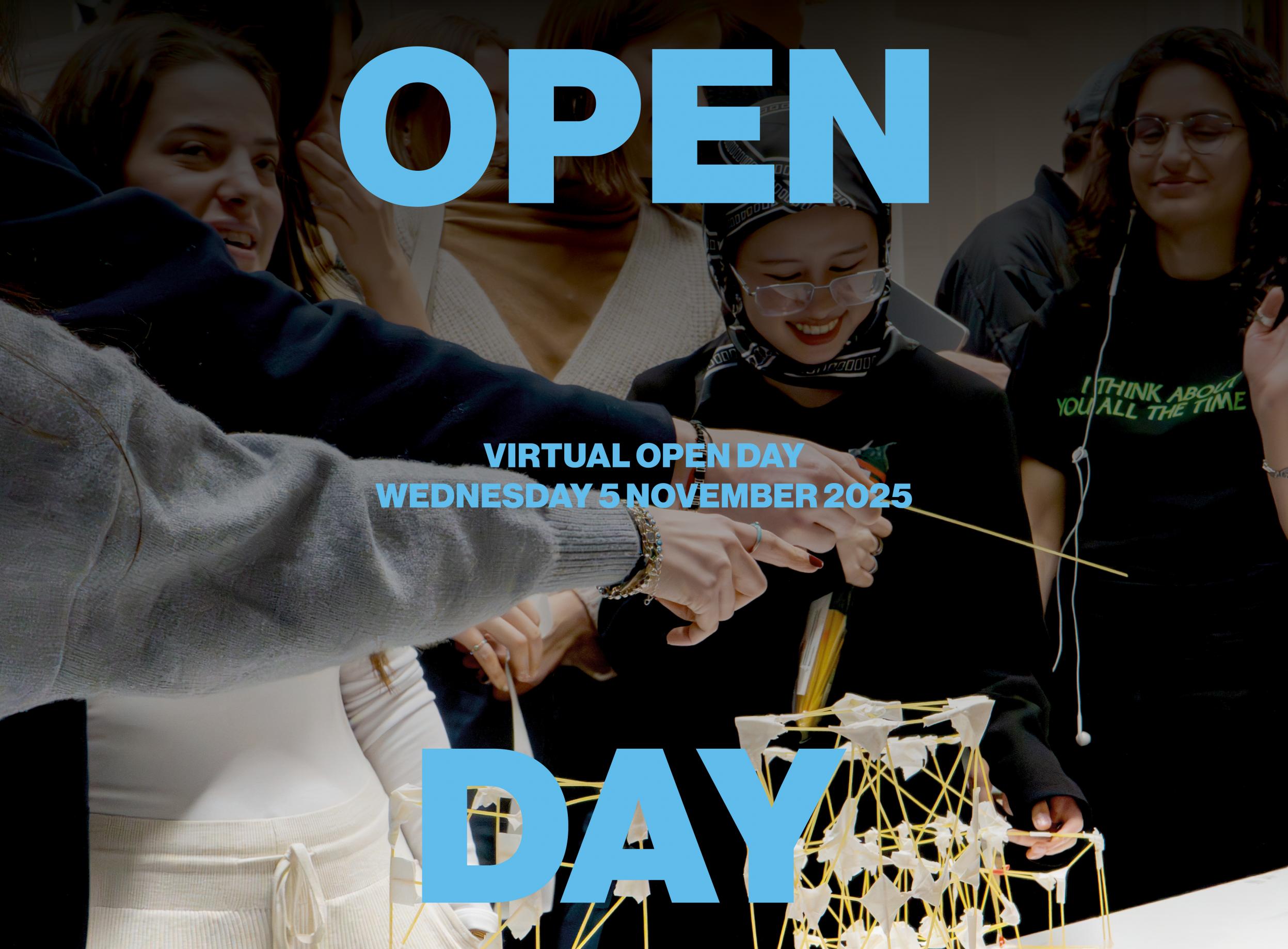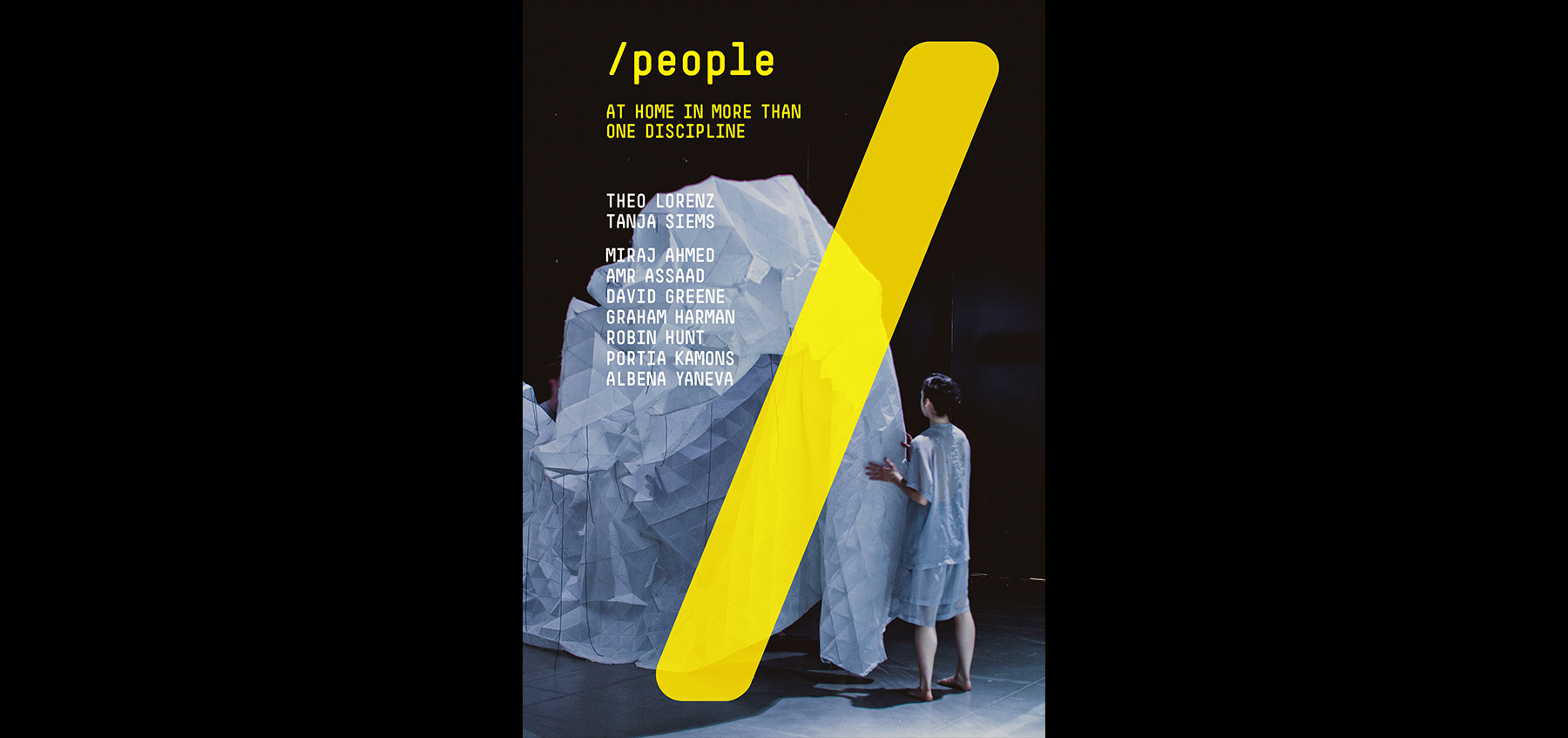
November 6, 2025
Constructing the Not-Yet
The AA Interprofessional Studio enters the new academic year with a renewed commitment to the politics of imagination, spatial practice and embodied speculation. Drawing from Ernst Bloch’s The Principle of Hope, this year we ask: how can spatial and performative design anticipate realities not yet born? Bloch’s conception of the not-yet-conscious underpins our investigations, situating the studio as a site where critical desire meets spatial articulation, and performance functions as a rehearsal for radical forms of life.
Hope, in Bloch’s materialist philosophy, is not passive longing but active construction. It is the substance of future thinking, tethered to a critique of the present. This year, the Interprofessional Studio will function as both laboratory and rehearsal space, engaging the architectural imagination as a mode of refusal and projection. We will explore architectures that speak, listen, move and resist; scenographies that anticipate transformed social contracts; and collective practices that remain in process, unfinished, contingent, like hope itself.
This speculative and political impulse is grounded in a longer cultural and environmental lineage. From Thomas More’s Utopia, which imagined spatial and social structures as interwoven forms of critique, to Bruno Latour’s calls for new modes of terrestrial attachment, we recognise that future worlds are never detached from the material limits and ecological urgencies of the present. More’s island republic was both a spatial fiction and a political demand, shaped by a world undergoing displacement and enclosure. Latour, in contrast, asks us to compose without the comfort of detachment, to make alliances with what is already here. These positions sharpen our task: to create spatial practices that resist abstraction, remain grounded and build imaginative traction in the thick of crisis.
The year will be structured around a series of studio projects, performances, seminars and workshops with invited guests from performance, critical theory, radical pedagogy, spatial politics and sound. These will support students in developing original work that operates across disciplines while remaining materially and politically grounded. Through design, performance and critical writing, students will construct spatial acts that press toward the utopian, the incomplete, the subversively possible.
Our approach remains collaborative, experimental and fundamentally hopeful. Against the closure of political imagination and the instrumentalisation of design, we continue to develop practices that are interprofessional, improvisational and in perpetual rehearsal.
Programme Structure
The Master of Arts (MA) and Master of Fine Arts (MFA) in Spatial Performance and Design at the Architectural Association School Architecture understands the area of Spatial Performance and Design beyond usual definitions of architecture and performance. Spatial performance is an area of investigation that includes the socio-political effect of design and performance. How creatives work and design functions within given contexts through actual projects and applied networks in the overlap of disciplines. The studio forms an intense learning environment, networking within creative fields through exposed and applied projects.
In the creative professions today, individuals are increasingly self-defining as multidisciplinary. AAIS engages this new reality to explore methods of collaboration between multiple creative professions. Through the research, design and production of a series of genre-defying spatial performances and constructions, participants examine the ways in which creative work and design overlap in the cultivation of unique project events.
Challenging the frontiers of between art, architecture and performance, the AAIS exposes a hidden ‘work-net’ between multiple professions, their products and methodologies. The studio – operating as an interdisciplinary creative office where knowledge exchange is one of the core points of focus – reaches professions and stimulates students to develop a language with which to communicate across creative disciplines. The AAIS explores visual art, performing arts, design, and media practices. Definitions are constantly evolving, thus the principle of the interprofessional studio is to challenge rather than uphold the accepted divisions of these disciplines.
The studio creates pathways to new skills and techniques beyond existing professional activities, and to intellectual stimulation via multidisciplinary cross-pollination. The AAIS has many established connections throughout the creative disciplines both in academia and practice. These various connections are utilised during lectures, seminars, exercises, tutorials and talks. The AAIS's real applied projects within the creative fields serve as a generator for the year's work and guarantee a high level of focus, outcome and public participation.
Students are urged to build new professional expert networks from creative backgrounds as diverse and complementary as performance, design, music, film, photography, fashion, communication and curation. Workshops and symposia align creative language to work and study within the AA. Concrete projects reflect various fields of research. Students are expected to demonstrate creative independence, necessarily integrating into the collective ensemble practice.
Contrary to typical interdisciplinary design approaches, where individual professions remain in their respective fields of expertise, the AAIS steers students outside so-called comfort zones. Knowledge is acquired from other disciplines. Accordingly, creative processes and practices ultimately influence the extension and adjustment of self-limitation.
The studio, offers a 12-month MA or 18-month MFA, encouraging students to communicate across disciplinary boundaries. It operates as a creative office with the exchange of knowledge at its core. Students are provided with a starting point for their individual approaches and careers through seminars, studio work and applied events that engage a multidisciplinary mindset across a variety of creative fields such as dance, theatre, music, exhibitions and festivals. The aim of the programme is to challenge and extend the frontiers of art, architecture and performance, and to expose a hidden ‘work-net’ of multiple vocations and their products.
Phase 1
From Term 1 to Term 3, participants concentrate on the design studio and seminar-based learning about the history and theory of interdisciplinary and interprofessional collaboration. Engaging network-based design, the group then moves on to the organisation and realisation of applied events and installations that result from such collaborations.
Phase 2
The second phase of study revolves around the production of an individual thesis, either in written form in Term 4 (for the MA qualification) or through applied practice during Term 4–5 (for the MFA degree). Alongside lectures, seminars, talks, symposia and workshops, the programme’s applied projects serve as generators for the year’s work and guarantee a high level of focus and public participation.
Past Events



















































































